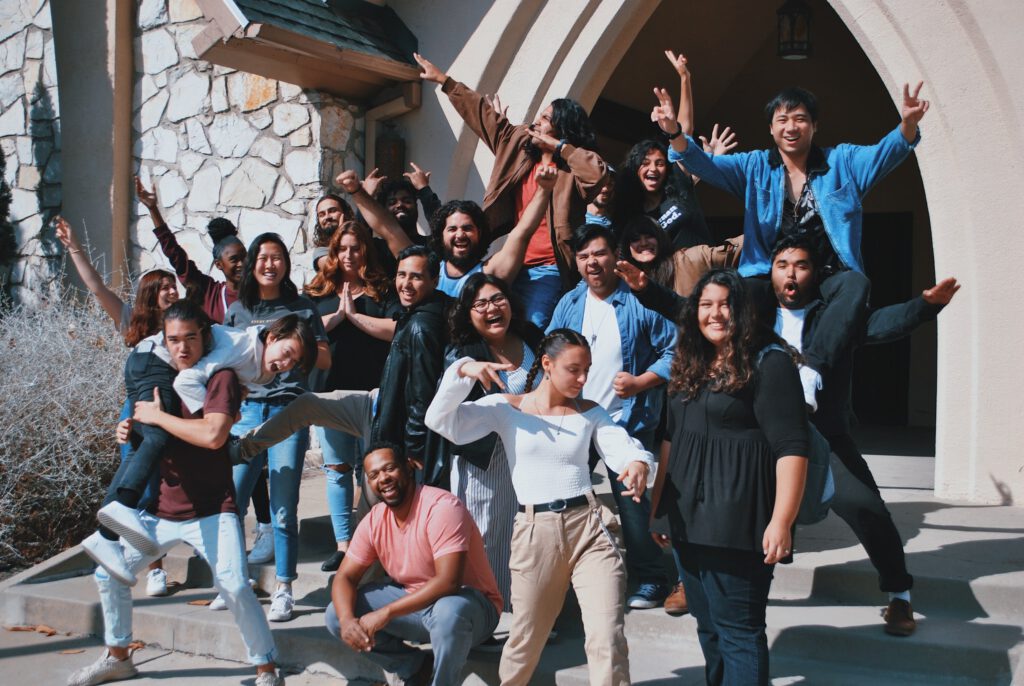Deepening Students’ Cognitive Engagement
Imagine a classroom of students asked to do a worksheet of graphing or statistics problems. What are the expressions on students’ faces in this classroom? Now, imagine a classroom of students asked to identify a personally-relevant problem they face in their lives and then empowered to find a creative solution using graphing or statistics as a tool. What are the expressions on students’ faces in this classroom?
A key difference between these two scenarios is the level of student cognitive engagement in the learning tasks described. While students may comply with the assignment in the first example, they will likely engage more deeply in the second example because it is a more personally-relevant and purposeful task. In a previous blog post, we defined “engagement” and focused on one specific type called “emotional engagement.”
To summarize: engagement is the degree to which students are attentive, curious, and involved in their own learning. This post will focus on cognitive engagement strategies that can boost student learning and achievement.
Students are cognitively engaged when they play an active role in their learning journeys. In the face of challenges, students who are cognitively engaged set goals, plan steps, monitor progress, solve problems along the way, and reflect on their learning.
How do teachers help students develop these habits and increase their cognitive engagement? Below are some best practices teachers can leverage to increase cognitive engagement in their classrooms.
Ask Better Questions
Teachers can immediately promote deeper cognitive engagement by asking “non-Googleable” questions.
Consider: If a student can look the answer up on the internet, what is their motivation to learn and discover the answer on their own? Challenge yourself to plan and ask more rigorous questions by diving into Higher Order Thinking and Depth of Knowledge.
Some examples of cognitively-engaging questions to ask students are below:
-
Why is this important?
-
Why do you think this particular error is common?
-
How did (piece of information or idea) make you feel and why?
-
How did your thinking change when you learned (piece of information or idea)?
-
What is another possible ending?
Develop Students’ Critical Thinking
Teachers often tell students to, “Think before responding.” Students may engage in deeper and more analytical thought when teachers provide direct instruction on critical-thinking skills.
Harvard’s Project Zero suggests that students who are taught the process of deep analytical and critical thinking are more likely to access prior knowledge and skills in their work. An example of a “Thinking Routine” recommended to improve critical thinking by the Harvard Project Zero is called, “See, Think, Wonder.”
When asking students to analyze an image, for example, ask them what they see, what they think may be happening, and what they wonder as a result of the previous two. Harvard’s “Thinking Routines” are divided into categories including understanding, exploring, reasoning, connecting, perspective taking, and divergent thinking.
Move from Procedural to Problem-Solving Tasks
Procedural learning opportunities are prescriptive and dictate to students each step of the process of completing a task. On the other hand, Project Based Learning (PBL) opportunities allow students to identify problems, brainstorm solutions, and design the process by which problems are solved. In this way, students can begin thinking about “why” we learn in more meaning-driven experiences.
Here is an example of a simple PBL:
-
Problem: Monarch butterflies are not coming to my house anymore.
-
Question: Why aren’t the monarch’s coming and how can I help them return?
-
Resources: Dive into books, article, videos, citizen science participant
-
Action: What action can be taken?
In this example, learning takes place throughout the PBL experience which is designed to have flexibility in a student-driven environment. The teacher’s role is to follow and support students in the learning process.
Help Students Think about the Learning Process
Metacognition is the process of contemplating and reflecting on how we each individually learn. According to Nancy Chick from Vanderbilt University, “Metacognition is, put simply, thinking about one’s thinking. More precisely, it refers to the processes used to plan, monitor, and assess one’s understanding and performance. Metacognition includes a critical awareness of a) one’s thinking and learning and b) oneself as a thinker and learner.”
Teachers can help students become cognitively engaged by promoting metacognition in the classroom. Taking time to help students learn how to think about their own learning helps them become lifelong learners. Some reflection prompts that promote metacognition might include the following:
-
What process did I use when solving this problem?
-
What patterns do I see in what I did?
-
What was my mindset when working? Did it change throughout? Why?
-
What 21st century skills did I use or could I have used?
Cognitive engagement starts with teachers shifting to student-centered learning. Teachers should commit to enhancing students’ cognitive engagement by prioritizing their interests and goals as part of the learning process.
At Moreland University, we integrate student-centered learning throughout our online teacher preparation program and master’s degrees in education where teachers can learn best practices, tools, and resources to enhance student engagement.
Request more information today on how we help passionate educators obtain their credential and advance their teaching careers!



